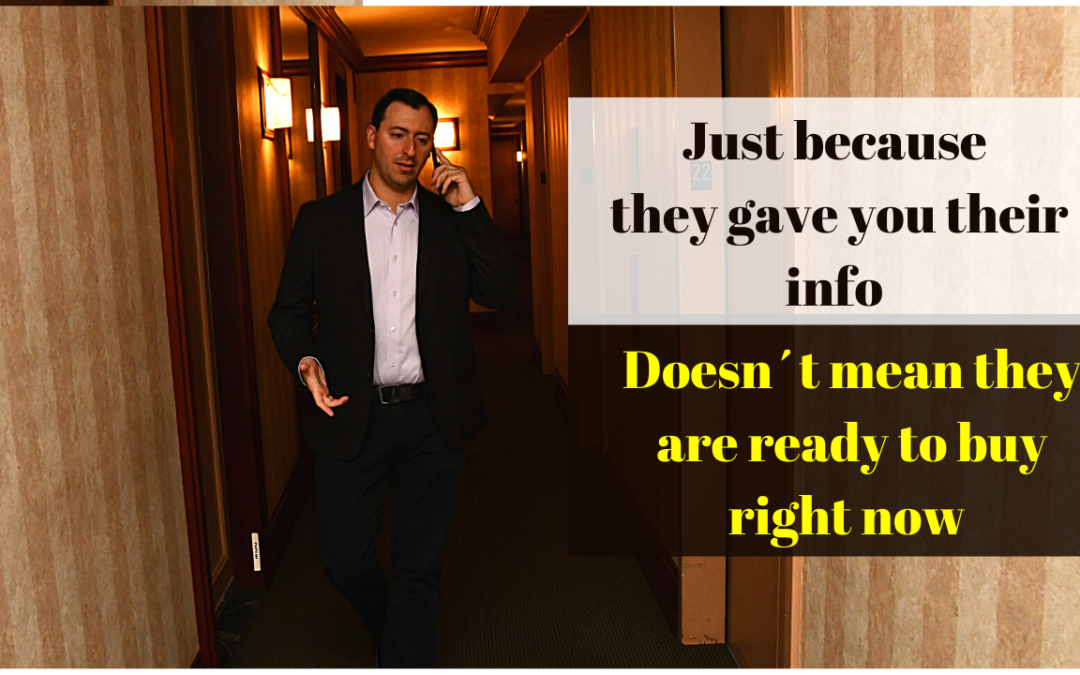You’ve most likely heard of the 80/20 rule, also known as Pareto’s principle. But have you heard of the 97/3 rule? If not stay tuned because this is a principle you must know if your business relies on leads to close deals every day, week, or month.
Today, I want to share a concept most don’t know about called the 97/3 rule. This is a concept most don’t know about, but an understanding of it will allow any business to close more appointments that will turn into sales. So at any given time, roughly 3% of the market is ready to buy right now, whatever that is, whether it’s a candy bar, cosmetic dental implants, a new car, whatever it is. This means that 97% of the market will buy eventually. It could be in three weeks, it could be in three months. But regardless of their timeline, there’s an almost infinitely larger pool of potential prospects who will be ready to buy eventually than there are prospects who are ready now. Knowing how to correctly identify these prospects and what their timeline is can easily bring in an increase in sales, sometimes up to 30%.
But sadly, most salespeople and appointment coordinators only seek out and work with the hot leads who are ready to go now, which means you end up with a CRM filled with unsold and unfollowed up leads, which decreases the efficiency of whatever sources you’re paying to provide leads for you.
The ones who are ready will always be the easiest to book for an appointment. And unless your sales process is broken, a bare minimum of 50% of those people will turn into a sale. But what about everyone else? Well, for starters, the ones who say they aren’t ready to commit to an appointment yet, with the right level of engagement, you can influence them to book an appointment in a way that makes it feel like it was their idea and totally in line with their timeline and their agenda. With proper follow up, a number of the further out prospects will eventually close on an appointment when the time is right. You just need to be sure that they’ve been followed up correctly.
Once again, a strong level of engagement, right from the beginning, will allow for easier and more effective follow-up communication.




